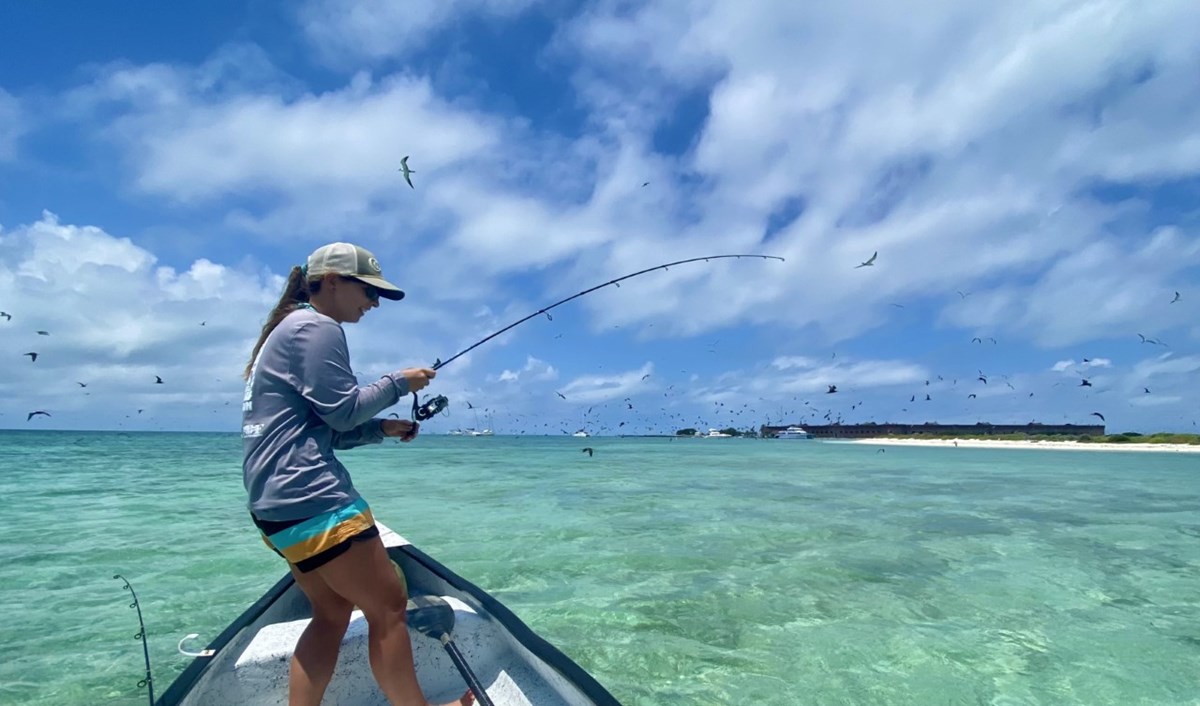How To Choose The Best Fly Line For Bass
Intermediate traces are perfect for fishing lake edges and shallower rivers as the road can have time to get right down to the best depth, however it will not snag on the bottom like full sinking strains do. Once we break it down a bit additional we uncover that there are more than two kinds of fly line densities. If you want the latest know-how and performance, a unique Bonefish line might be a greater selection.
 This may usually be an important line for smaller, shallower rivers whenever you need to fish along with your line in the river, but not too deeply - to prevent it'll snagging on the bottom. The fly line will get more weight near the casting end, making it simpler to forged line out further. The trout's eye can be extra delicate to the crimson spectrum than the human's.
This may usually be an important line for smaller, shallower rivers whenever you need to fish along with your line in the river, but not too deeply - to prevent it'll snagging on the bottom. The fly line will get more weight near the casting end, making it simpler to forged line out further. The trout's eye can be extra delicate to the crimson spectrum than the human's.
The extra knots in the leader, the much less pure your fly appears. How long ought to your leader and tippet be for fly fishing? As a general overview, tippets with larger “X” numbers are thinner, so a 6X tippet is thinner than a 3X tippet. A 5X tippet is considered a good customary for many trout-fishing conditions.
This may allow you to fish deeper than you may with the mono, nevertheless it may also make it more difficult for the fish to remain on the road, which is an effective factor. It most likely isn’t going to rise to the highest of the purpose board or impress anybody on the water, however it’s a line that will aid you catch fish without all the frills.
The purpose is manufacturers vary grain weights impartial of density, so grain weight alone can’t be used to specify a sink fee. You'll be able to add weights to this line to realize a sinking line or a sink-tip line. The sink-tip line is a variation of the floating line; once more, as the identify suggests, it's a floating line with a sinking tip.
Floating fly traces are easy to grasp, as a result of they simply do what their identify suggests, they float on high of the water (or sit within the water film). Because the title suggests, a tapered chief has a tapered diameter alongside the length of the chief. Line diameter and pound-take a look at go hand-in-hand: the stronger the road, the thicker it's. You can’t attach your fly directly to the road because fish would see it.
If you're just beginning to learn to fly fish then you may want to understand what fly line density is going to suit the water you will be fishing more often than not. By fishing with varied lengths of lead-core line you possibly can cover different depths. Floating fly traces are vastly popular for fishing dry flies or nymphs; they will also be used to fish streamers or wet flies.
You connect a pacesetter to the floating line, to enable your flies to get all the way down to the fish that is waiting. One of these line helps to get flies down in the water shortly, but doesn't require all the line to sink in the water. Fly fishing may look like simple but as soon as all these details become involved, it kinds of turns into sophisticated and complicated for the angler.
This can be a high-quality selection for the intermediate angler trying to target Bonefish or Redfish with smaller flies. And because it's much less stiff than the Bonefish line, it is the better alternative in cooler weather, as it retains less reminiscence. The stiffness may also lower casting distance, which makes fluoro typically not the best choice for a lot of shore-certain, big-water anglers who must make extra-far casts.
Not many anglers use degree line. It has a traditional taper, a muted-coloration design, and it’s a line that caters to a wide range of anglers. The fluorocarbon chief won't be necessary, he says, however at least using such a brief size retains things value-efficient, particularly contemplating how many rigs his anglers lose when fishing round rocky jetties.
If you’re used to fishing SA traces or even RIO strains, this Cortland line has a slickness additive that is different from most saltwater lines. Mending fly line is the way to add managed slack to your solid. However, the flexibility to cast with limited back solid space is their true advantage. Sinking traces, when cast onto water, are designed to sink into the water.
Intermediate strains are sinking strains, however they don't sink as quick as true 'sinking line'. From intermediate to full quick sinking lines - in addition to triple density lines that start as intermediates and end with tungsten at the tip. A sinking tip means that the density of the tip, or end of the line, is heavier than water and subsequently the tip sinks into the water.